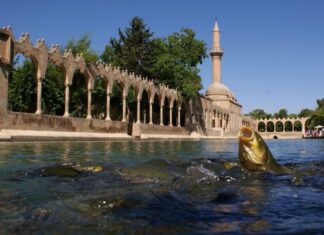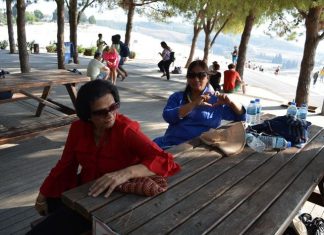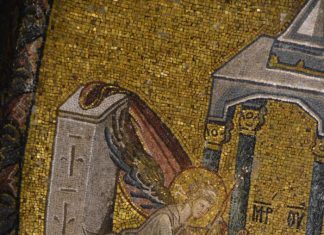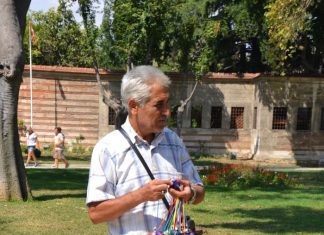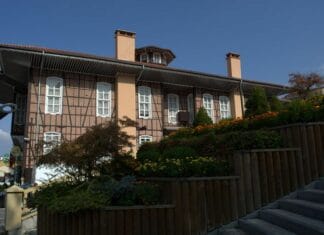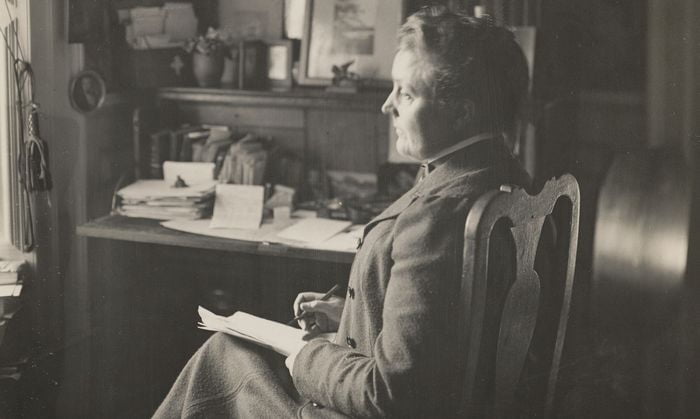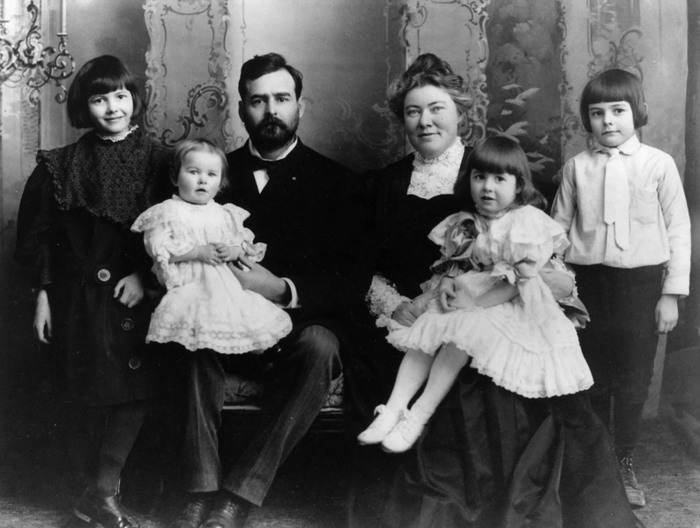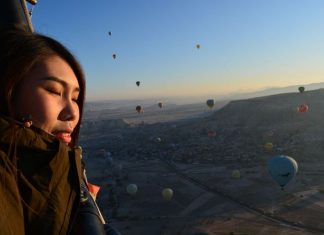Excavations at Old Corinth
The Modern Village
Today, the site of ancient Corinth is occupied by a small village of about fifty or sixty houses. The village includes a...
Diogenes and the Cynics of Ancient Corinth
The Suburb of Kraneion
Where the small schoolhouse now stands, there was once a suburb of ancient Corinth called Kraneion. About 2,300 years ago, it...
Life Among the Ruins
Fields, Schools, and Daily Work
Peasants at Work
Unaware of the artistic and archaeological treasures around them—attractions that draw students and travelers from thousands of miles...
A Look at the Serbian Parliament
The Appearance of the Skoupshtina
The Skoupshtina, Serbia’s Parliament, is quite plain and unremarkable. It is built from lath and plaster, and its walls are...
Scenes from the Balkans
Clanging Chains and Convict Labor
As I turned a corner on the road, I heard a loud clanging noise. Coming into view were forty prisoners,...
Terminology in the Communist Constitution
Distortion of Meaning
The terminology used in the Communist Constitution of Bulgaria often starkly contrasts with the actual state of affairs, revealing a profound dissonance...
Squares and Domes
Now, step outside and ascend from the street you came from. Be mindful that the streets you traversed were a crucial center of Istanbul...
The Caravansary with Three Doors
According to information provided by travelers and ambassadors, Elgihan’s architectural structure, with a courtyard in the middle, is square.
The well located in the middle...
Theoderic addressed Boethius consistently
This Boethius, the successful Boethius, who had the ear of the ruler and was the object of his flattering attentions, we see mainly through...
